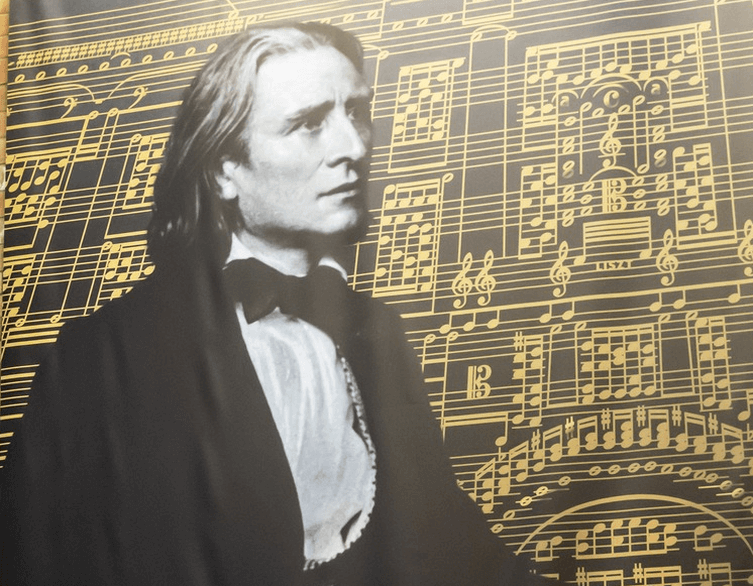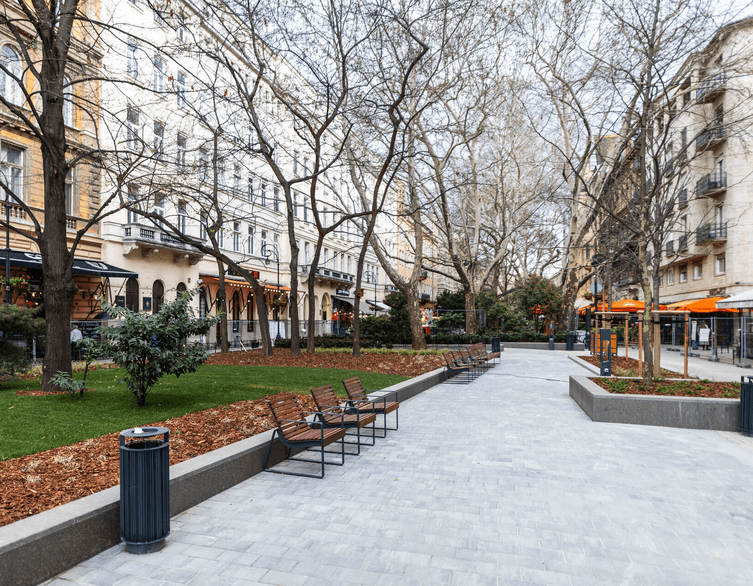Liszt and Erkel’s Dream: The Budapest Academy of Music
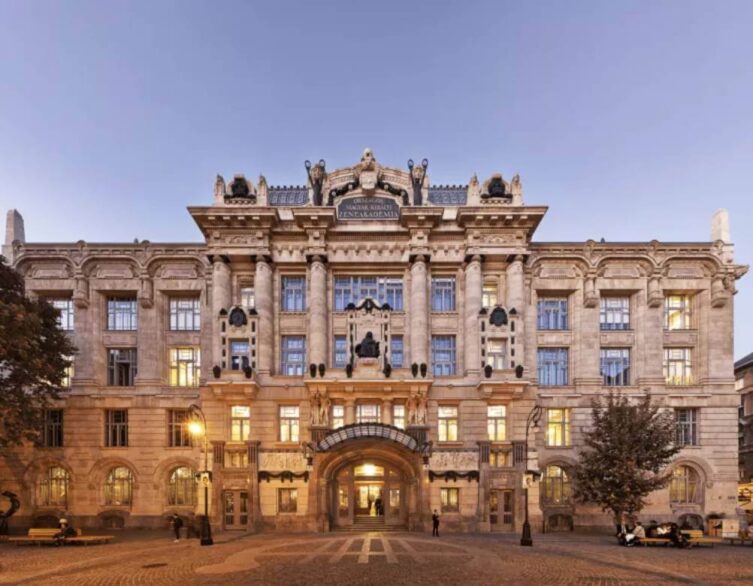
Since it was World Music Day a few days ago, let’s take this opportunity to learn about the center of musical education in Hungary, specifically Budapest, but in a broader sense, the Hungarian nation.
The Academy of Music, with its impressive building standing on Liszt Ferenc Square since 1907, is one of those rare places in the world that was consecrated as a sanctuary of music in the last century. Its rich decoration and exceptional architectural style occupy a prominent place not only in Hungarian but also in international music education history.
However, the history of the Academy of Music goes back even further, all the way to the 19th century. The foundations were laid in 1875, once on the now-lost Hal Square. Next year will mark exactly 150 years since Franz Liszt’s dream came to life, and the citadel of Hungarian music education opened its doors.
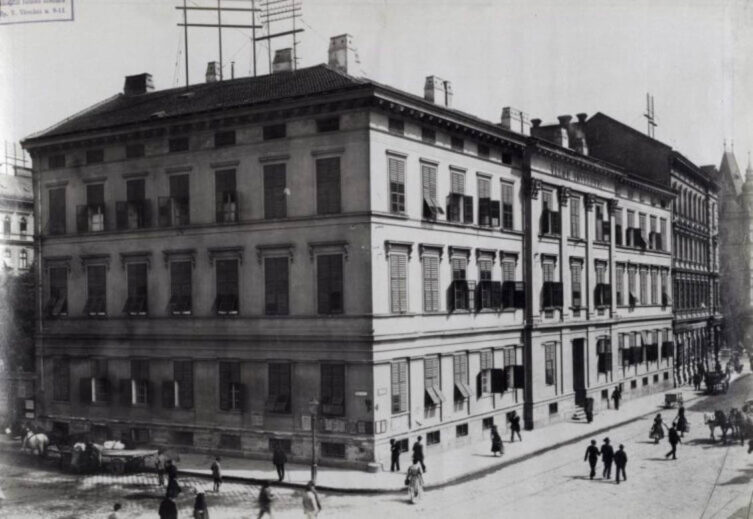
Franz Liszt Brought the Academy of Music to Life
Although the tradition of music education seems to have been long-standing in Hungary, secondary music education only began in the 1840s at the National Conservatory in Pest.
At that time, there was no higher music education in the country. The need strengthened with the rise of the bourgeoisie, and Franz Liszt’s presence in Budapest also played a decisive role in the eventual establishment of the Academy of Music. His art and international fame gave further impetus to the musical life of the capital and reinforced the idea that there was a need for an institution where music education could be conducted at the highest level.
The National Hungarian Royal Academy of Music was established in the autumn of 1875, despite financial difficulties. Franz Liszt was elected president of the institution, while Ferenc Erkel took the position of director. Both embarked on planning and building the institution with great dreams, but initial financial problems and uncertainties somewhat dampened their enthusiasm. Liszt, for example, began to doubt the success of the institution and did not return from Italy for the opening.
Liszt Also Taught From Spring 1876
The first academic year of the Academy of Music finally began on November 15, 1875, at 4 Hal Square, with 38 students, 5 teachers, and 8 subjects. The former classical style building not only housed music education but also Franz Liszt, who held his famous matinees and social events here.
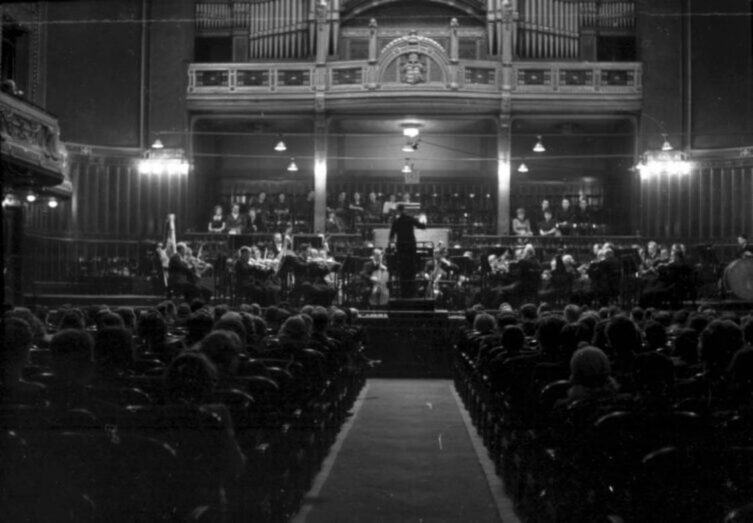
Sorce: Fortepan / Tivadar Lissák
These brilliant soirées were attended by a host of writers, artists, and musicians, making the venue famous far and wide. Four years later, the institution moved to the rental palace on Andrássy Avenue, which is now known as the Franz Liszt Memorial Museum.
Continuous Development and Transformation of the Institution
In 1886, the school was renamed the National Hungarian Royal Academy of Music and Dramatic Arts, and a new director, Ödön Mihalovich, took over the institution. Under his leadership, the Academy developed and expanded for 28 years. Names such as Zoltán Kodály, Béla Bartók, Jenő Huszka, and Leó Weiner studied in the third-floor classrooms of the building.
Best deals of Budapest
However, by the end of the 19th century, the Andrássy Avenue building proved too small for the growing institution, so in the early 1900s, construction began on the university on Liszt Ferenc Square. The impressive building we know today was built based on the plans of Kálmán Giergl and Flóris Korb.
The Architectural Wonder of the Building
During the construction, the most prominent craftsmen of the era collaborated. Although the ministry primarily focused on budgetary aspects, in some cases, they contracted more expensive but excellent quality workers.
The Zsolnay company carried out the floor and wall covering work, while Miksa Róth made the stained glass windows. The Liszt statue visible on the facade above the main entrance was created by Alajos Stróbl, one of the most recognized sculptors of the time.
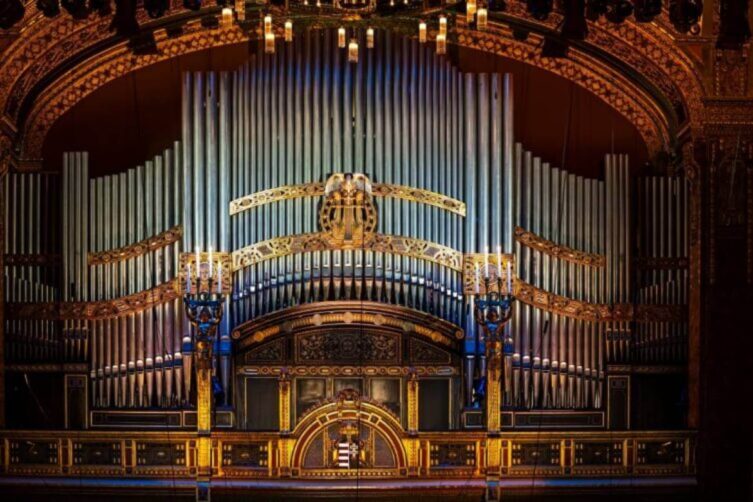
The interior spaces of the building also speak for themselves. The Grand Hall, which was Hungary’s first reinforced concrete framed public building, evokes the world of Greek gods. The 1050-seat hall showcases Apollo’s gilded laurel grove in its former glory, where the golden color symbolizes the roots of the trees and the god’s love, Daphne. One of the jewels of the hall was a 23-ton Voit & Söhne organ, which was brought by rail from Germany.
In the decoration of the foyer, the world of Dionysus comes to life, where Miksa Róth’s glass mosaics adorn the space. On the walls, motifs of sacred and secular music intertwine, and in the lobby, the spirit of Music is guarded by 22 eosin-glazed spheres, touching which brings luck to the students.
Colorful Stories of the 20th Century
In 1907, at the time of its opening, the Academy of Music was considered one of the most modern public buildings in Budapest. 520 students and 38 teachers began work at the institution, including names like Zoltán Kodály and Béla Bartók. Bartók was the first to run his fingers across the piano in the Grand Hall, and his name is also preserved in the history of the building.
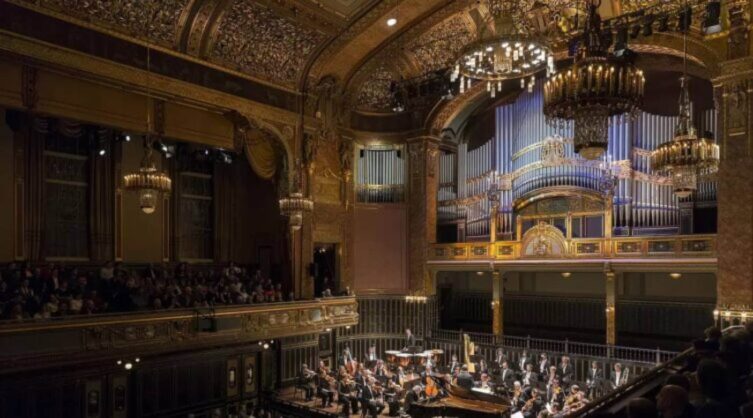
The Grand Hall not only housed music but also Hungarian literature, as during the Nyugat evenings, the country’s most renowned writers gathered here. In 1945, it was the scene of even more extraordinary events: at this time, the people’s court rented the building for the trials of war criminals.
The Rebirth of the Academy of Music
The institution, renamed the Franz Liszt Academy of Music on its 50th anniversary, preserved its original condition even during the difficult decades of the 20th century, although World War II caused some destruction.
During the most recent renovation between 2011 and 2013, the building regained its original splendor. The original decorations were uncovered in the institution, and the wood paneling in the Grand Hall was also brought back to life. In the Sir Georg Solti Chamber Hall, the former decorative paintings and the old rigging loft of the hall were restored.
The success of the renovation is evidenced by the fact that in 2015, the Academy of Music won the Europa Nostra Grand Prix in the category of cultural heritage preservation for its restoration. Next year will mark 150 years since Franz Liszt and Ferenc Erkel’s dream came to life, and it still stands before the world as a citadel of music.
Related news
Related events
Related attractions


















